There is a tide in the best-planned festivals that comes in and out almost imperceptibly, bringing with it changes as the days move on. Put it down to the kind of perfect planning that discards any one rigid theme, and to forging long-term links with performers who don't just pop in for one concert. That in this case has been the work of East Neuk Festival mastermind Svend-Einar McEwan-Brown, who not only ensures artists of a uniquely high quality over the years, but also introduces themes and mini-residencies with impressive subtlety.
In the two and a half days I was there this year, Bach, Spanish inflections and a brilliant young quartet came and went – biennial visitor Christian Zacharias was staying on – and, in the background, as far as festival concertgoers were concerned, the three-year old Retreat where outstanding young musicians work with the best – viola player Krzysztof Chorzelski of the Belcea Quartet, violinists Alexander Janiczek and Benjamin Baker, who shone in the first Retreat events of 2015 – worked around the clock every day for a week.
Special kudos has to go to McEwan-Brown for the now annual project involving the community. Each says something meaningful about the industries, past or present, of Fife where the festival always takes place in a number of atmospheric fishing villages along the coast below St Andrews ("neuk" means nook, including the easternmost point of the coastline. Don’t ask what it means in Dutch). Last year it was all about mining and the brass bands which sprang from that, in a discombobulating site-specific experience around the converted barn of the Bowhouse. This time pupils from the Wald Academy in Anstruther had teamed up with veteran fisherman Ronnie Hughes and soundscape artist Scanner for Lost at Sea, and by all accounts the children were especially active in their initiatives. Hughes had himself mourned many drowned colleagues, most recently in the tragedy of 2006. 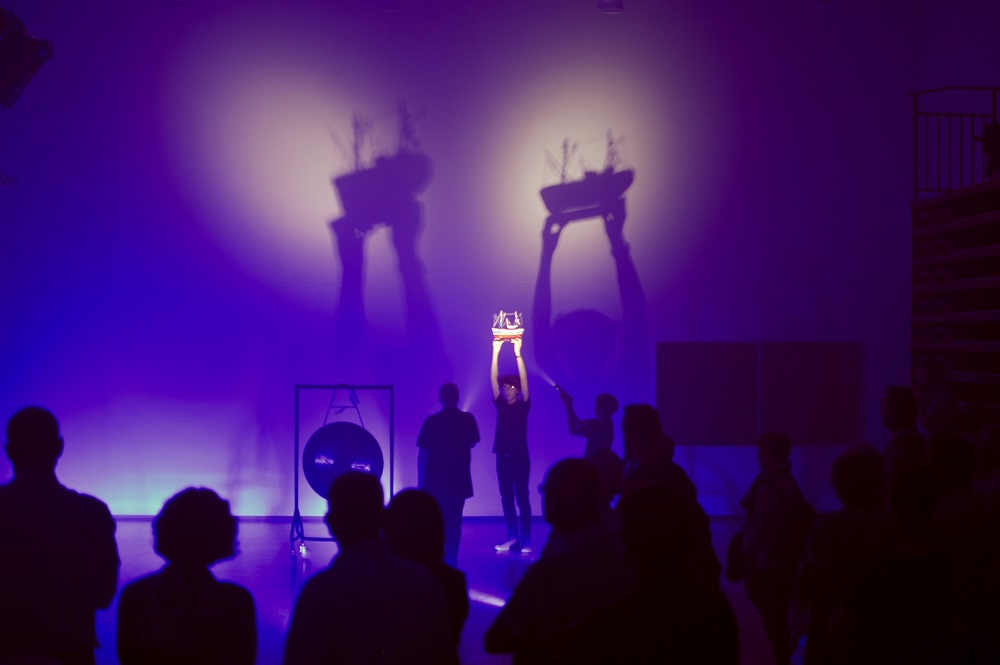 The project was to cast back over the centuries, to individual losses and epic disasters like the one off the Norfolk coast in 1875 where one local woman lost nine members of her family, to build a sound memorial just as Hughes is raising funds for an actual monument in Pittenweem, most active of the local harbours. We were led into the blue-lit sports hall of the gleaming new academy. The vision was of a model boat casting shadows on the walls, the sound that of being inside one such vessel (Hughes insisted that the levels should be high; these are unquiet beasts). Structured to lead to a musical contribution from the pupils, the happening's heart was a recitation of the names of those lost at sea, many of whom have no marked resting place, the children adding their chosen names to a long roll of paper at the back of the stage. Hughes' voice as interviewed by the children registered loss, but then also the beauty of a starry sky above a calm sea for a peace of sorts. At about 20 minutes, the work was short but emotional and physically powerful. The pre-recorded sound and vision now have a temporary home at Anstruther's magnificent (and big) Scottish Fisheries Museum.
The project was to cast back over the centuries, to individual losses and epic disasters like the one off the Norfolk coast in 1875 where one local woman lost nine members of her family, to build a sound memorial just as Hughes is raising funds for an actual monument in Pittenweem, most active of the local harbours. We were led into the blue-lit sports hall of the gleaming new academy. The vision was of a model boat casting shadows on the walls, the sound that of being inside one such vessel (Hughes insisted that the levels should be high; these are unquiet beasts). Structured to lead to a musical contribution from the pupils, the happening's heart was a recitation of the names of those lost at sea, many of whom have no marked resting place, the children adding their chosen names to a long roll of paper at the back of the stage. Hughes' voice as interviewed by the children registered loss, but then also the beauty of a starry sky above a calm sea for a peace of sorts. At about 20 minutes, the work was short but emotional and physically powerful. The pre-recorded sound and vision now have a temporary home at Anstruther's magnificent (and big) Scottish Fisheries Museum.
Even in Scotland’s hottest summer days on record, we had a taste of the climate’s caprices. A haar or thick sea mist was hanging over Elie when I arrived, straight off the train from Leuchars and a short car journey, to hear the Retreat’s work in progress, We caught movements from the two main works to be featured in Saturday’s concert (by which time I would be heading southwards on the train to London, and on to Lewes and Glyndebourne). For the first time the promising young string players were joined by a clarinettist, Sergio Pires; beautiful, limpid tone in the Brahms Clarinet Quintet (on the menu for the big showcase) and Mozart’s (which wasn’t), slow movement especially, served up as encore. No doubt by the official concert, which took place on the Saturday morning, Pires would have found the necessary space to let his phrases truly breathe, Most tantalising was one of Mendelssohn’s ineffable, elfin scherzos, the one from the A major String Quintet, led by Baker (whose performance in the Octet on the first Retreat set him quickly among the greats). 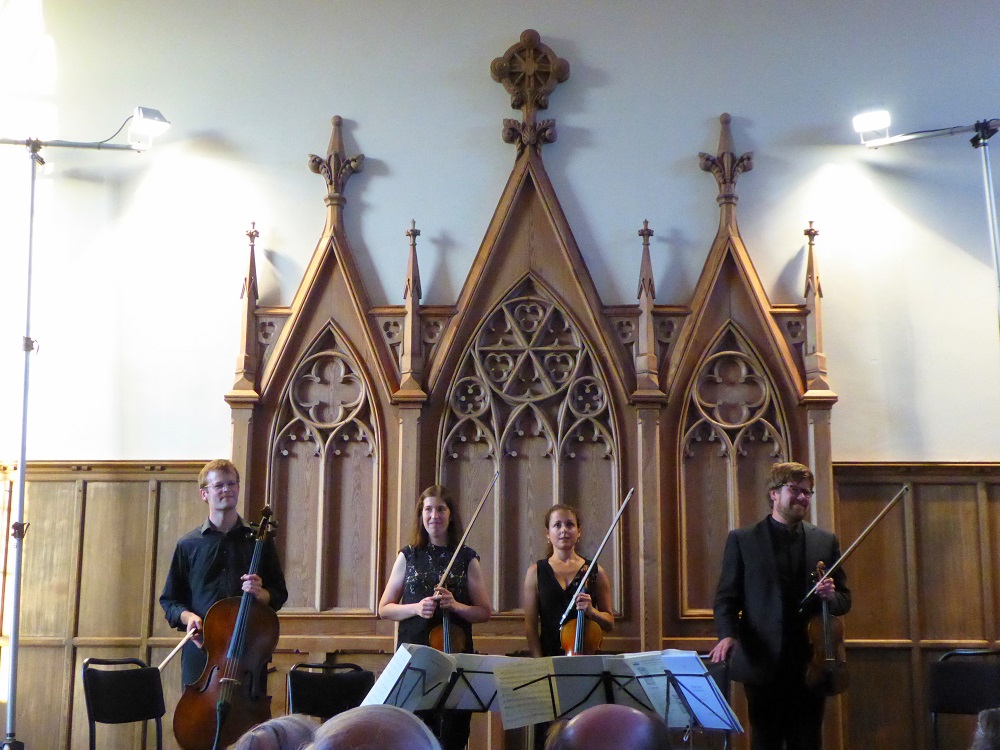
Zacharias’s own mature, lucid brilliance dazzled in Bach’s Fifth French Suite, its layered dances and occasional bewildering harmonic progression rather casting the relative leanness of the Haydn sonatas either side of it in the shade – though the pianist made the most of the G minor Sonata‘s excursions into major-key light. On Saturday morning he gave us no less than 13 sonatas – short ones, though, by Scarlatti and Soler, of occasional quirkiness and constant spirit, the Spanish inflections common to both.  Between Zacharias's first two appearances at Crail, Yeol Eum Son (pictured above) gave us very different repertoire – but with a connection to Bach’s French Suite in Ravel’s Le tombeau de Couperin. The South Korean has bold and original ideas, but her artistic playing with silences and the slow tempi didn’t quite pay off in the Ravel. The final toccata, though, was dazzling, a preface to a simply phenomenal performance of Stravinsky’s Three Pieces from Petrushka. Son thunders the big, roof-raising stuff but interlaces it with crisp chords and single lines that get to the heart beneath the wood of Stravinsky’s tragic puppet. Her opening Gershwin was immensely likeable, too, laid-back but not without the necessary freedom of the right hand above the ragtime left. The encore, Moszkowski’s Etincelles (Sparks), a Horowitz favourite, was a perfect butterfly to conclude.
Between Zacharias's first two appearances at Crail, Yeol Eum Son (pictured above) gave us very different repertoire – but with a connection to Bach’s French Suite in Ravel’s Le tombeau de Couperin. The South Korean has bold and original ideas, but her artistic playing with silences and the slow tempi didn’t quite pay off in the Ravel. The final toccata, though, was dazzling, a preface to a simply phenomenal performance of Stravinsky’s Three Pieces from Petrushka. Son thunders the big, roof-raising stuff but interlaces it with crisp chords and single lines that get to the heart beneath the wood of Stravinsky’s tragic puppet. Her opening Gershwin was immensely likeable, too, laid-back but not without the necessary freedom of the right hand above the ragtime left. The encore, Moszkowski’s Etincelles (Sparks), a Horowitz favourite, was a perfect butterfly to conclude.
Making a short speech towards the end of a long Saturday, cellist Jean-Guihen Queyras saluted the revelations of the music he’d heard between his own performances of the six Bach cello suites – including Zacharias’s Scarlatti and Soler, which followed the radiant morning wake-up of the First, G major Suite, and a rich choral programme given by the Tallis Scholars in the Bowhouse where Queyras’s late-night playing of the last two suites also took place.
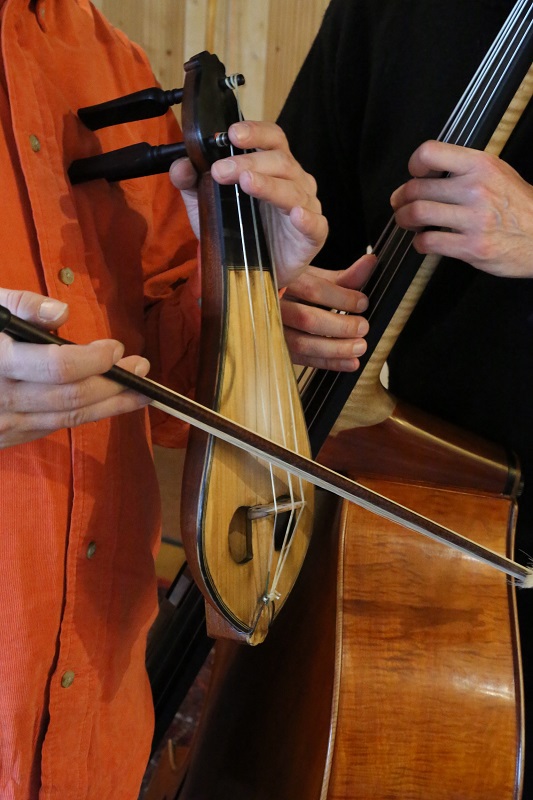
Garcia-Fons shows us, and makes us feel, things we never thought possible on a double-bass, thanks partly to his addition of a fifth string: flamenco-style pizzicato thrumming, high-register singing alongside the plaintive viola-like sound of the smallest, Istanbul kemençe (little and large instruments, pictured right, in perfect accord). His presentation is affable, his playing a revelation which some ENF audience members would already have encountered (and he was to improvise between Arvo Pärt numbers sung by the Tallis Scholars the following night).
Queyras’s odyssey went even further and deeper than anticipated. His total, scoreless identification with every phrase goes hand in glove with a technique that never has to be thought about for its possessor to be anything other than expressive with the extreme difficulties, a subtle rubato that individualises each movement and a resonance of supreme beauty and purity of intonation brought to the fore, when relevant, in every register. 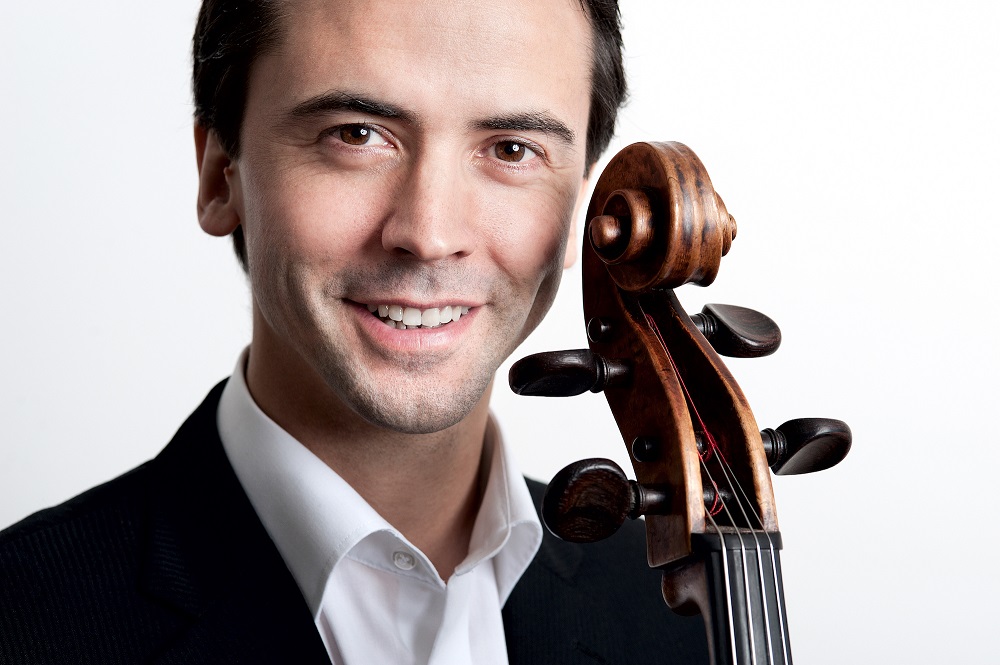 Most atmospheric of the three settings was St Monans (or Monance) Church right by the sea, audience focused from three wings on Queyras (pictured above by Francois Sechet) right in the middle beneath the whitewashed 14th century walls with two ship models hanging between the arches. If there was inevitable anticipation of the ultimate depth in the most celebrated movement, the Sarabande of the Fifth Suite, its counterpart in the Second was probed in an even more original way, and the opening movement of the Third brought home yet again Bach’s supreme originality in what starts out as etude form.
Most atmospheric of the three settings was St Monans (or Monance) Church right by the sea, audience focused from three wings on Queyras (pictured above by Francois Sechet) right in the middle beneath the whitewashed 14th century walls with two ship models hanging between the arches. If there was inevitable anticipation of the ultimate depth in the most celebrated movement, the Sarabande of the Fifth Suite, its counterpart in the Second was probed in an even more original way, and the opening movement of the Third brought home yet again Bach’s supreme originality in what starts out as etude form.
Queyras’s idea to transition between the two afternoon suites with a purgatorial aphorism by Kurtág seems to have reaped dividends from the ensuing conversation with McEwan-Brown before the final concert. So it was that we benefited from two more Kurtág miniatures between profound interpretations of the inward darkness and the ultimate light, the memorial encore bringing us up to 10.56pm, very nearly 12 hours after the first note had been heard. That’s the magic of a well-planned festival.
- Watch out for selective broadcasts on BBC Radio 3 this month
- Read more classical reviews on theartsdesk

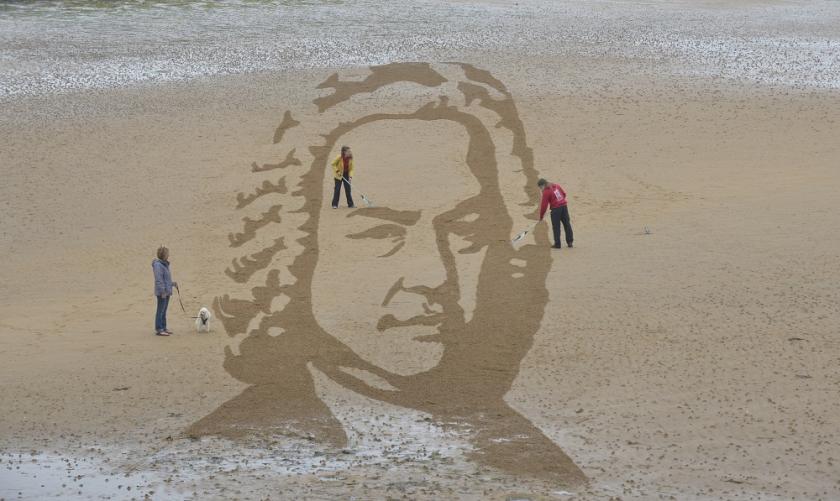












Add comment